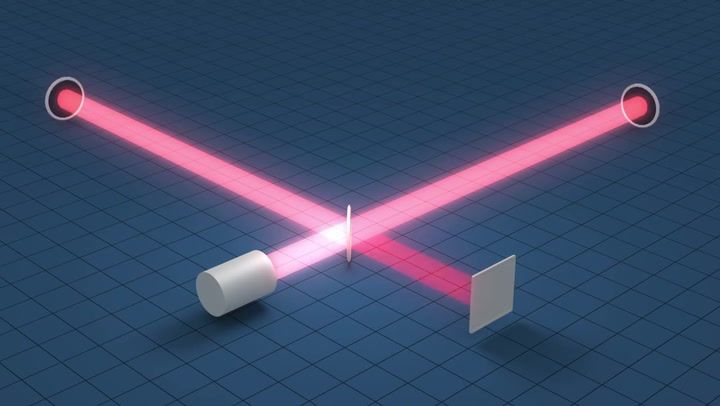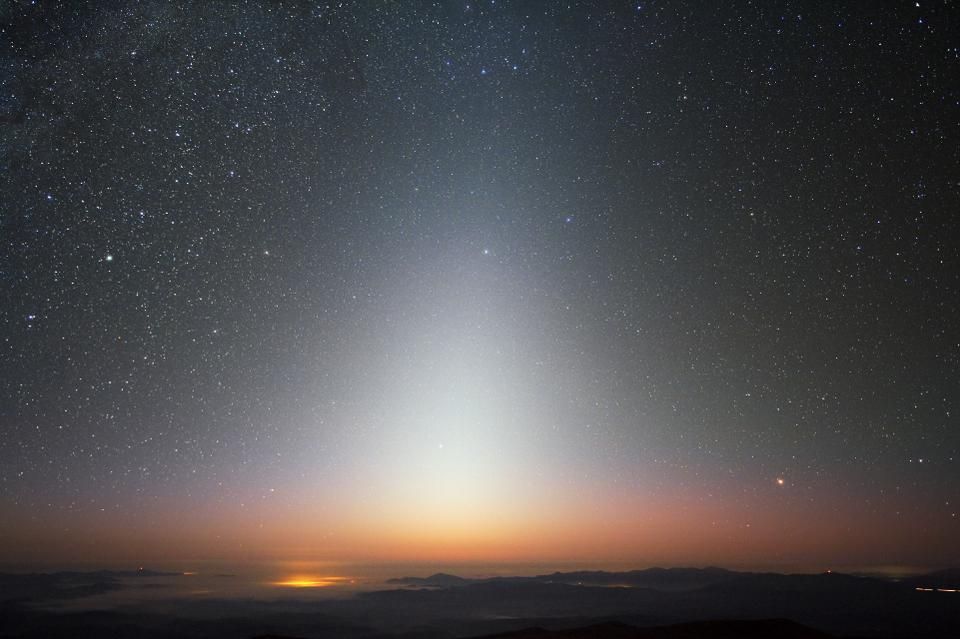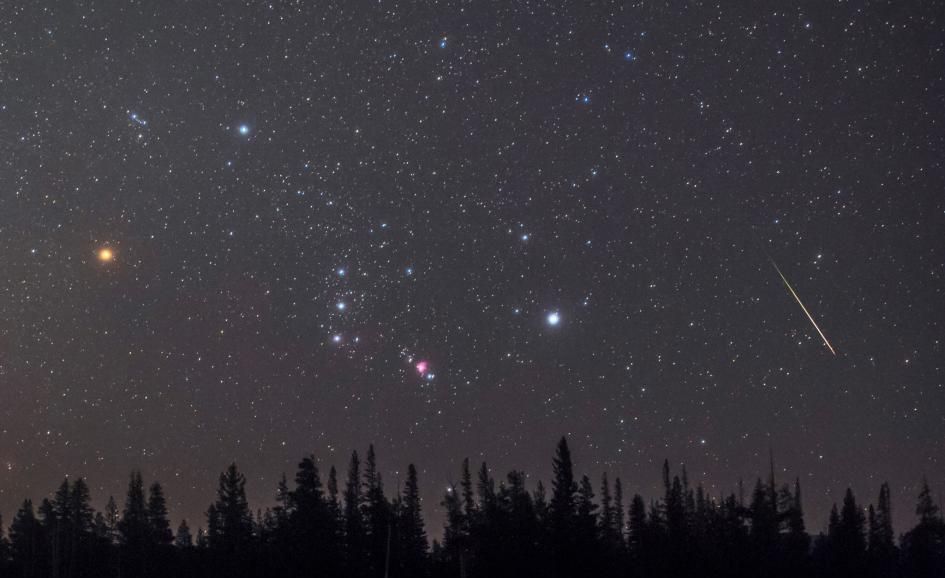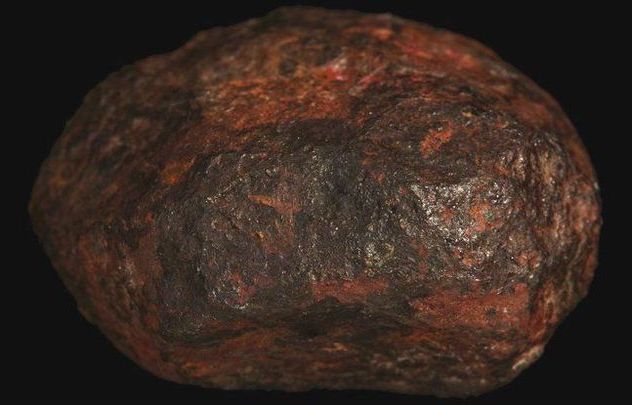We all feel the passing of time, but nothing in physics suggests it is a fundamental property of the universe. So where does our sense of time’s flow come from?



The third launch of China’s heavy-lift Long March 5 rocket successfully delivered its satellite payload to orbit Friday, validating engine design changes after a failure on the Long March 5’s second flight, and clearing the way for the launch of a Chinese Mars rover and lunar sample return mission in 2020.



It was found along the side of a road in a remote Australian gold rush town. In the old days, Wedderburn was a hotspot for prospectors – it occasionally still is – but nobody there had ever seen a nugget quite like this one.
The Wedderburn meteorite, found just north-east of the town in 1951, was a small 210-gram chunk of strange-looking space rock that fell out of the sky. For decades, scientists have been trying to decipher its secrets, and researchers just decoded another.
In a study published in August this year, led by Caltech mineralogist Chi Ma, scientists analysed the Wedderburn meteorite and verified the first natural occurrence of what they call ‘edscottite’: a rare form of iron-carbide mineral that’s never been found in nature.
On September 20, the initial designs for the complex were presented at an event at the New York Public Library in midtown Manhattan. British firm Adjaye Associates won the contract to design the center, which will consist of three large buildings arranged around a central garden, under which will sit a museum and education center.
“We were led towards these powerful plutonic forms with a clear geometry, three cubes sitting on a plinth — though not aligned, they each have different orientations,” Sir David Adjaye told designboom. Each of the three buildings share a similar silhouette, but the facades have different architectural design and detailing, communicating the shared origins of the three religions, as well as their cultural and historical differences.
Adjaye, who also designed the Nobel Peace Centre in Oslo and the National Museum of African American History in D.C., says he saw the garden, “as a powerful metaphor, this safe space where community, connection and civility combine.”
The last solar eclipse of the decade—and the only annular solar eclipse of the year—will be visible in Europe, Asia, Australia, and Africa starting just a few hours after this article’s publication.
Annular solar eclipses, like total solar eclipses, occur when the Moon passes in front of the Sun. However, the Moon doesn’t totally cover the Sun during annular solar eclipses, leaving behind an annulus, or bright ring.
